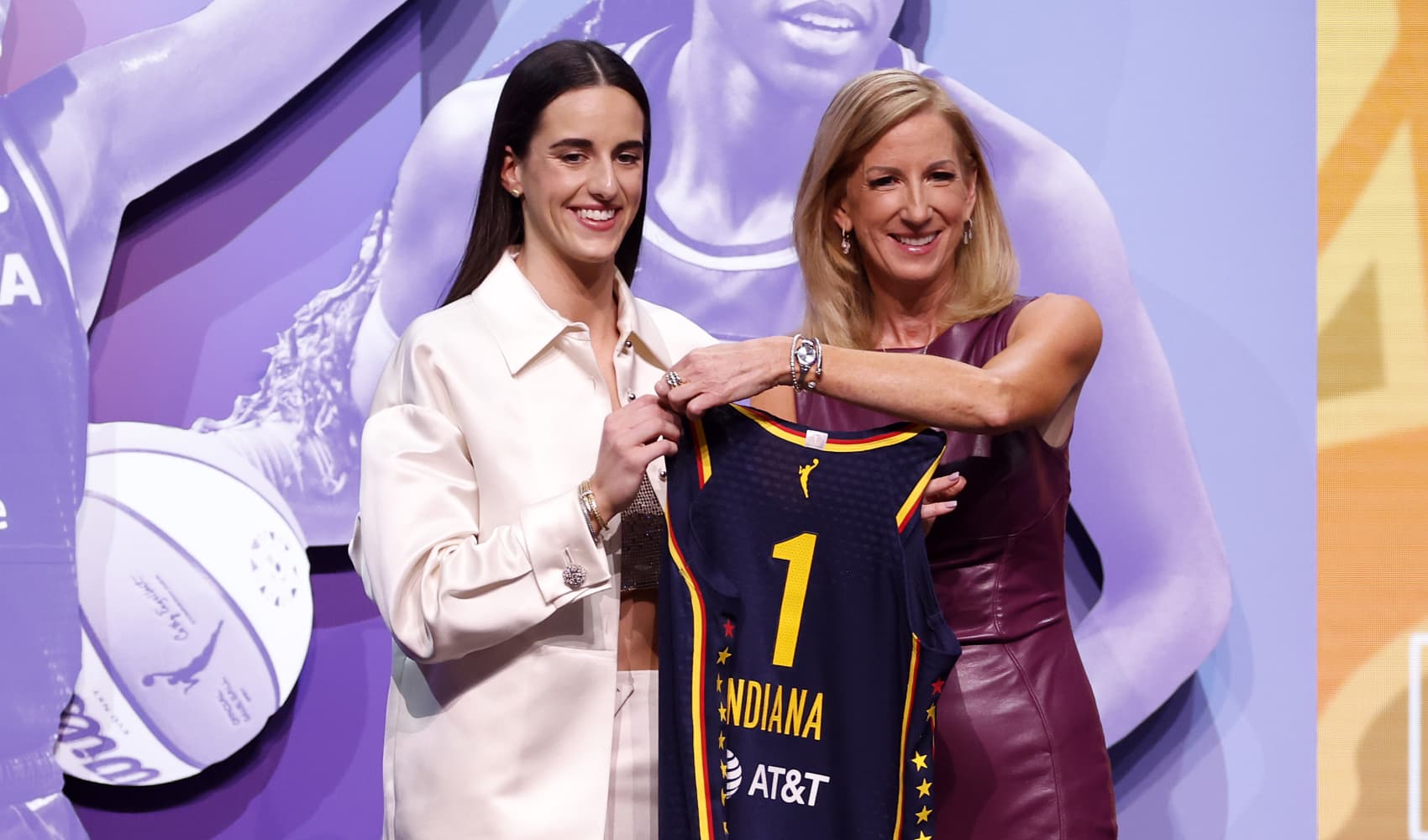
The Free Application for Federal Student Aid, known as the FAFSA, opened on Oct. 1 which means students can now apply for their share of $150 billion in federal student aid — including grants, scholarships, loans and work-study — for the 2022-2023 school year.
But college finance experts say that confusion around the form leads students to miss out on billions in aid each year.
During the 2020-2021 academic year, only 68% of students and their families submitted the FAFSA — the lowest percentage ever recorded by Sallie Mae since the organization began its How America Pays for College report in 2008.
Ashley Boucher, who recently served as director of corporate communications for Sallie Mae, says the trend is "incredibly alarming."
Get Southern California news, weather forecasts and entertainment stories to your inbox. Sign up for NBC LA newsletters.
"This idea that runs rampant, that 'The FAFSA won't help me,' or 'The FAFSA's not for me, that's for other families,' that idea is grounded in falsehood," she says.
Here are four of the most common misconceptions about the FAFSA:
1. You have too much money to qualify
Money Report
The most common reason families gave Sallie Mae for not submitting the form was that they didn't think they would qualify for any financial aid. But, there is no official income cutoff to apply for federal student aid.
Typically, "aid is available for anyone with a household income below $250,000 a year," Charlie Javice, founder and CEO of Frank, an online FAFSA platform, previously explained to CNBC Make It. As a vast majority of Americans make less than $250,000, Javice says, being too rich to get aid "only applies to less than 5% of the U.S. population."
"So it's really important as FAFSA season comes up that people don't forget that there is no such thing as being too rich to file FAFSA," he says. "Everyone should be doing it."
Plus, lower-than-normal completion rates can be seen across a wide range of students — suggesting that many families are not even close to earning too much. According to Sallie Mae's report, 67% of low-income families, 70% of middle-income families and 66% of high-income families submitted the FAFSA.
2. The FAFSA only determines student loans
Another common misconception among students is that the FAFSA only determines student loans and that students must take out all of the loans they are offered.
A recent survey of 1,000 undergraduate students by Student Loan Hero found that 85% of students don't know that the FAFSA determines eligibility for free aid such as grants and work-study in addition to loans.
"These misconceptions could be causing some students to ignore the FAFSA completely — one in five said they don't plan to submit it this year. It's a good idea for all students to submit the FAFSA, since it doesn't have an income cutoff and can be used for more than just federal aid," says Rebecca Safier, a student loan counselor for Student Loan Hero. "One of the most dangerous misconceptions we discovered was that 43% of students believe you need to accept the full student loan amount you're eligible for.
She continues, "You don't need to accept all (or any) of the student loans you're offered, and in fact should try to minimize borrowing as much as possible so you don't end up with burdensome debt after graduation."
3. Aid packages are set in stone
Students should also know that they can always appeal whatever financial aid package they are offered to try to get more assistance. For instance, if a student's household income has decreased, a family member has lost a job, or unexpected health costs have arisen they can and should appeal and indicate that their financial conditions have changed.
"Many families are still experiencing economic challenges as a result of a pandemic and we want to see more families keep their dollars in their wallet, and not pay more for college than they have to," says Boucher. "Of course, that means starting with the FAFSA, but it doesn't end there."
According to Sallie Mae's report, 29% of families who received a financial aid offer from a college appealed for more aid and 71% of those appeals were approved, leading to higher grant amounts in most cases.
4. Time is on your side
While the form may feel intimidating to some, experts stress that students should complete the FAFSA as soon as possible because schools often distribute student aid funds on a first-come, first-served basis according to the date the students complete the financial aid application.
"October 1 is incredibly important when it comes to paying for college because the FAFSA is the gateway to $150 billion in aid to help pay for higher education, including scholarships, grants, work-study and federal student loans," says Boucher. "But some of that aid is limited, some of it is first-come, first-serve, and so families want to be among the first in line to apply for their fair share of aid."
Time, it turns out, is of the essence.
But thanks to recent updates, the FAFSA application can be completed in as little as four minutes. Check out CNBC Make It's step-by-step guide for completing the FAFSA to help walk you through the process.
Don't miss:
- In 2020, top CEOs earned 351 times more than the typical worker
- Student loan borrowers from these states owe the most on average
- The master's degrees that give the biggest salary boost—up to 87% more money






